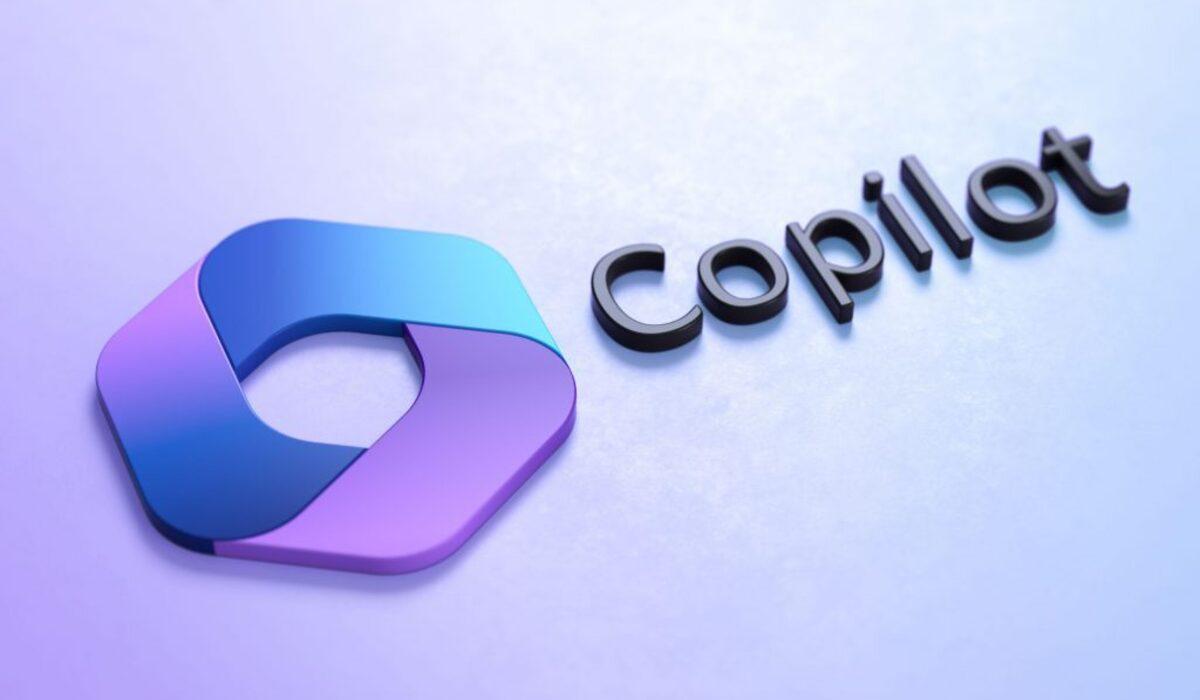Microsoft has quietly launched a dedicated Copilot app for Android, discreetly making it available on the Google Play Store, offering users access to Microsoft’s AI-powered Copilot independently of the Bing mobile app. Launched about a week ago, the Copilot app on Android closely mirrors ChatGPT, providing chatbot capabilities, DALL-E 3 image generation, and text drafting for emails and documents.
Notably, it includes free access to OpenAI’s latest GPT-4 model, a feature typically requiring payment when using ChatGPT. This move follows Microsoft’s rebranding of Bing Chat to Copilot just over a month ago, separating Copilot to function more independently with its own domain at copilot.microsoft.com, similar to ChatGPT.
The expansion into mobile apps for Copilot aligns with the strategy of creating a standalone experience, especially as Bing Chat Enterprise has been rebranded to Copilot. While an iOS version of Copilot is currently unavailable, it is anticipated to be on the horizon.
Meanwhile, users can use the Bing app on their iPhones or iPads to access existing Copilot features, underscoring Microsoft’s commitment to making AI-driven capabilities more widely accessible through dedicated applications, catering to both Android and potentially iOS users in the near future.
The benefits of this move include expanded accessibility for Android users seeking AI-driven features, diverse capabilities such as chatbot functionalities and image generation, and a standalone user experience, consistent with Microsoft’s broader rebranding strategy.
The implications encompass Microsoft’s entry into the competitive mobile AI space, potential integration into iOS, the evolution of the company’s AI strategy towards dedicated applications, and the continuity in user familiarity with ChatGPT features, enhancing ease of adoption across different products.
In essence, Microsoft’s Copilot app for Android signifies a strategic step towards making AI-driven capabilities more distinct and accessible across diverse platforms.

